Optimal Timing for Cattle Fencing Installations
Determining the optimal time for cattle fencing installations depends on various factors including climate, cattle management practices, and soil conditions. Proper timing ensures the durability of the fencing and minimizes disruptions to livestock routines.
Spring offers mild weather and new growth, making it a popular time for fencing projects. Soil is often moist, easing post and stake placement.
Summer can be suitable if temperatures are moderate. However, high heat may impact worker safety and cattle comfort during installation.
Fall provides cooler temperatures and dry soil conditions, facilitating effective fencing installation before winter.
Winter installations are possible in milder climates but can be hampered by frozen ground and snow, making work more difficult.
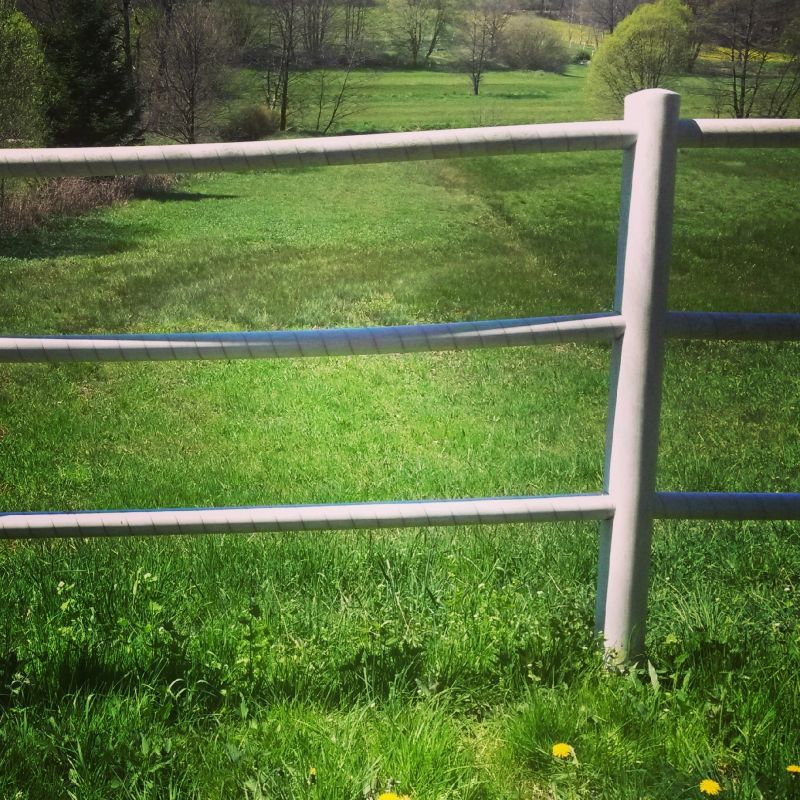
Springtime fencing with lush pastures in the background.
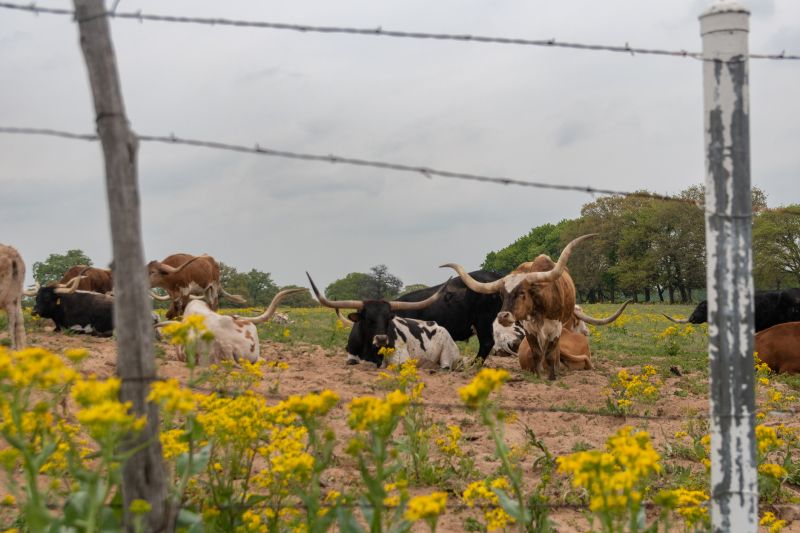
Fencing installation during warm weather with cattle nearby.
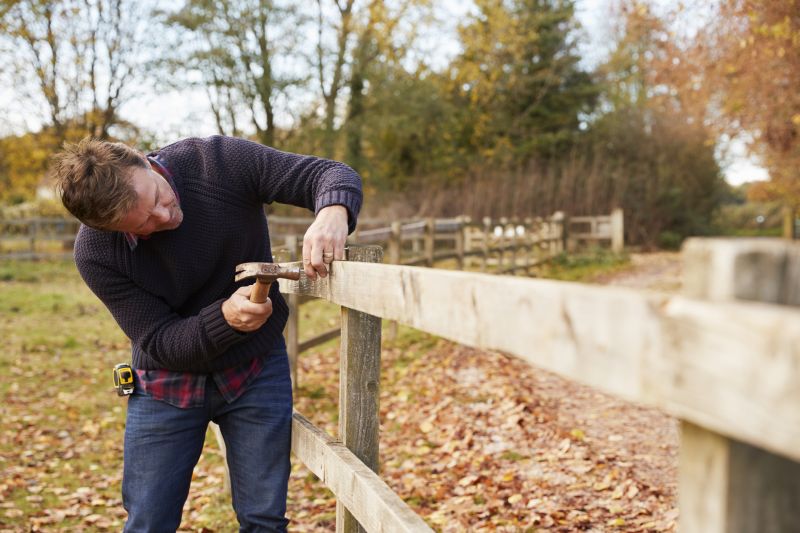
Preparing fencing in autumn with fallen leaves.

Ways to make Cattle Fencing Installations work in tight or awkward layouts.
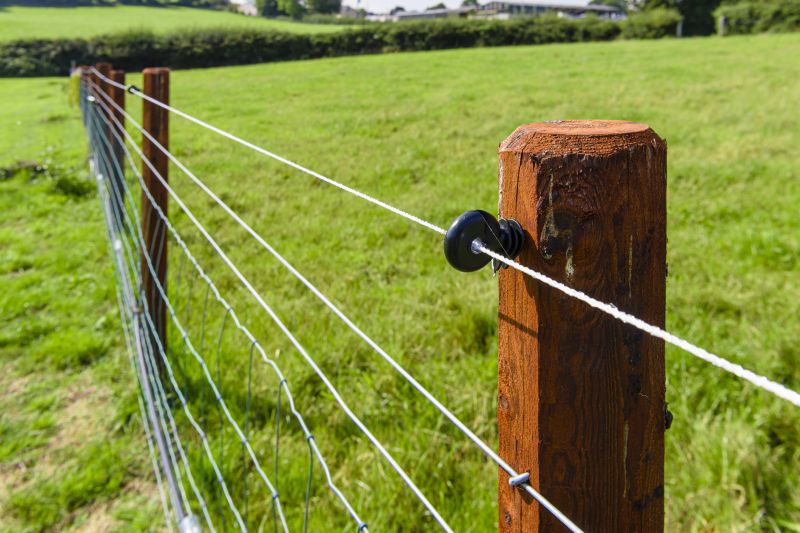
Popular materials for Cattle Fencing Installations and why they hold up over time.

Simple add-ons that improve Cattle Fencing Installations without blowing the budget.
Cattle fencing installations are essential for managing livestock, preventing escapes, and protecting pastures. The choice of fencing material and installation timing can significantly impact the longevity and effectiveness of the system. Proper planning considers seasonal weather patterns, soil conditions, and cattle behavior to ensure a secure and durable enclosure.
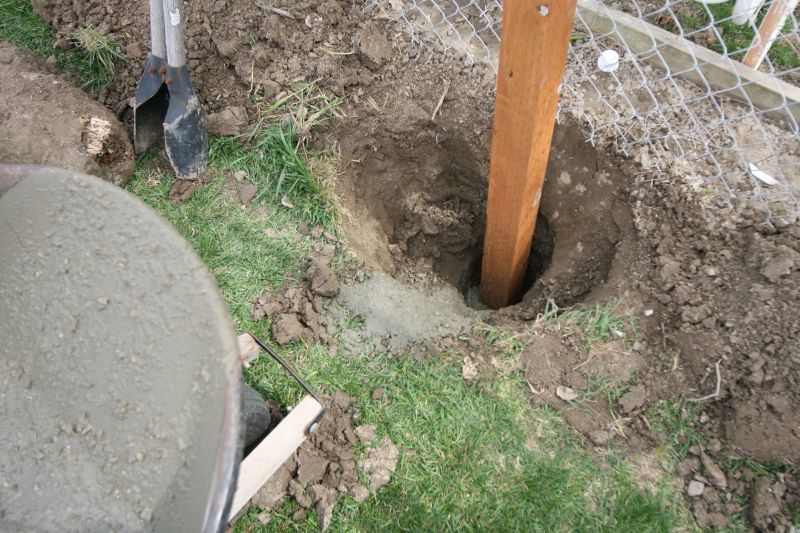
Setting fence posts in optimal soil conditions.
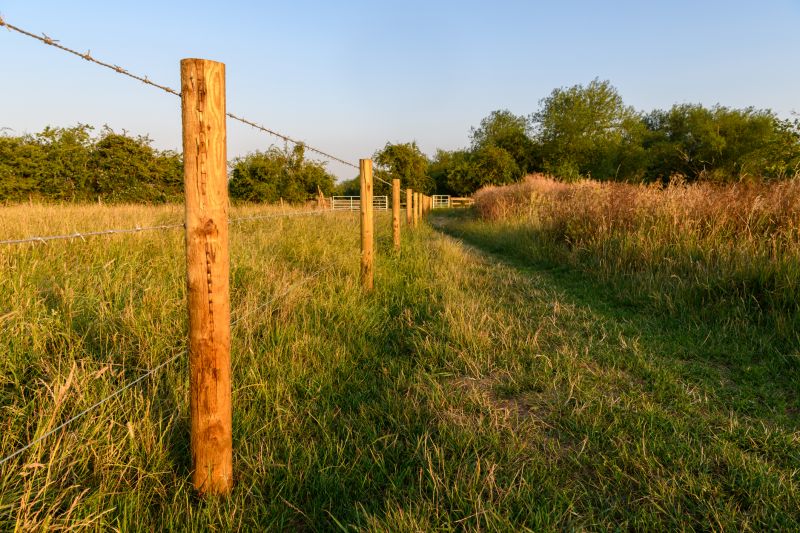
Stringing wire in favorable weather conditions.
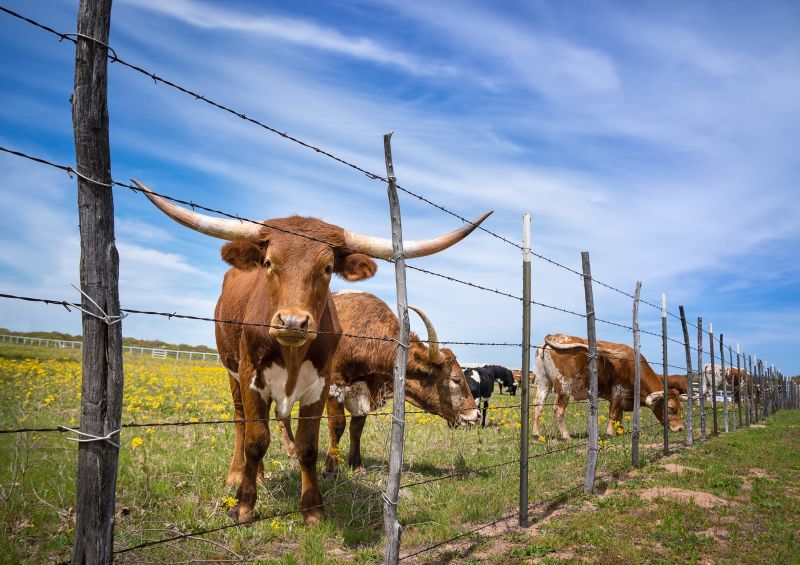
Installing gates in dry, stable ground.
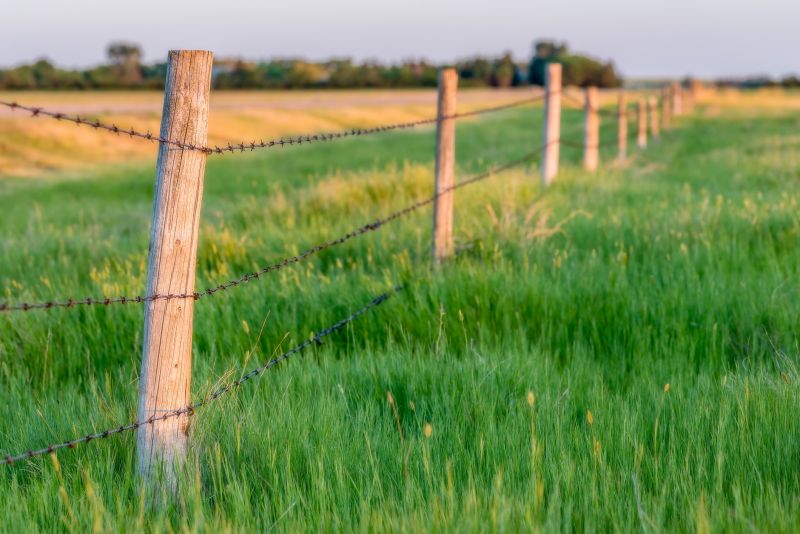
Checking fencing integrity after installation.
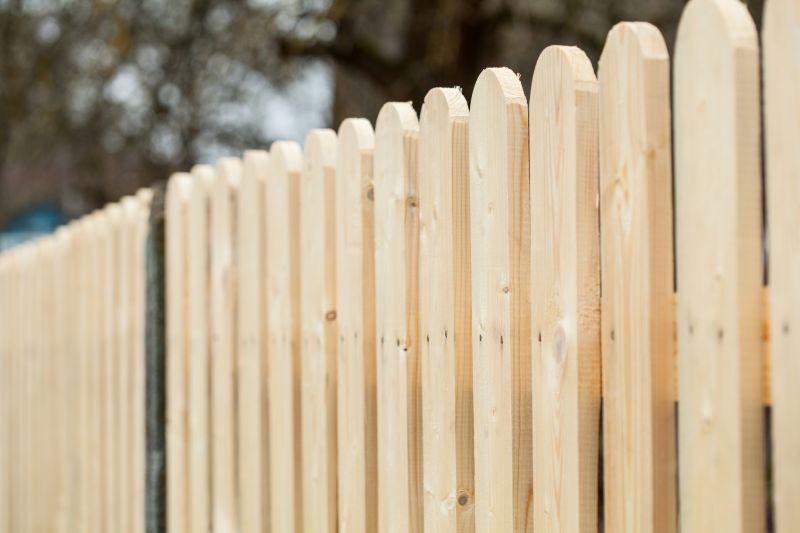
High-end options that actually feel worth it for Cattle Fencing Installations.
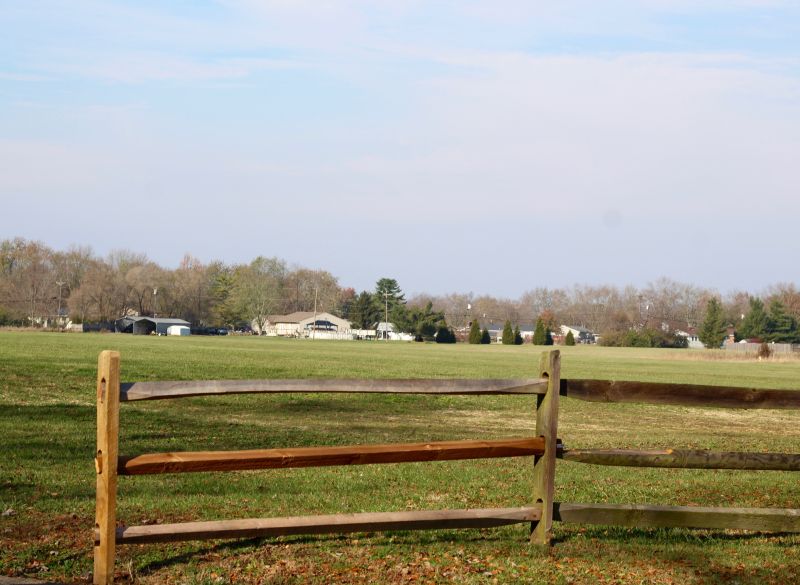
Finishes and colors that play nicely with Cattle Fencing Installations.
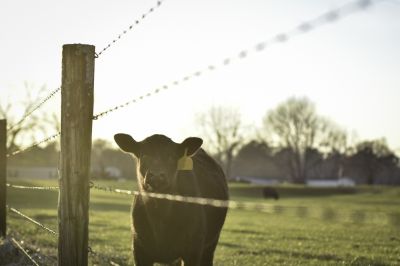
Little measurements that prevent headaches on Cattle Fencing Installations day.
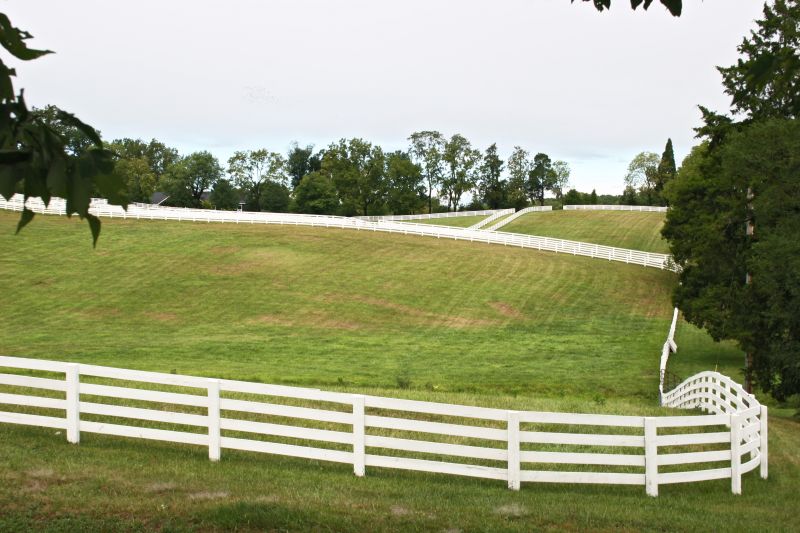
A 60-second routine that keeps Cattle Fencing Installations looking new.
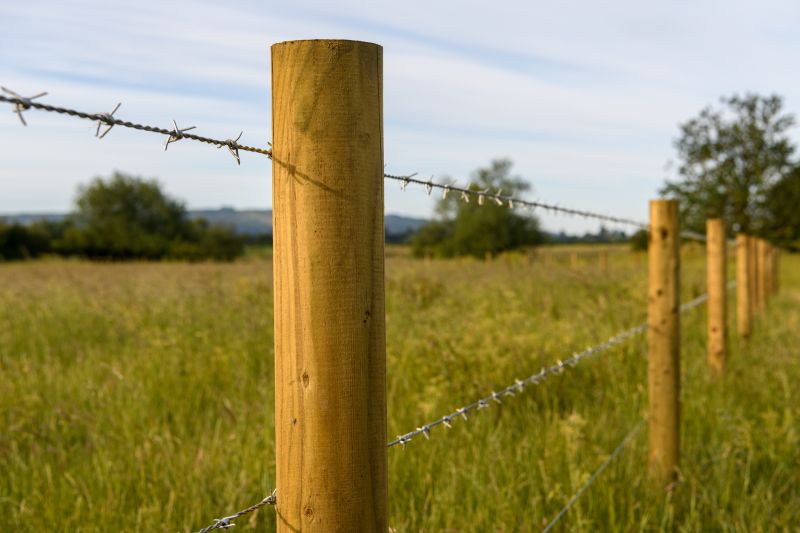
A frequent mistake in Cattle Fencing Installations and how to dodge it.
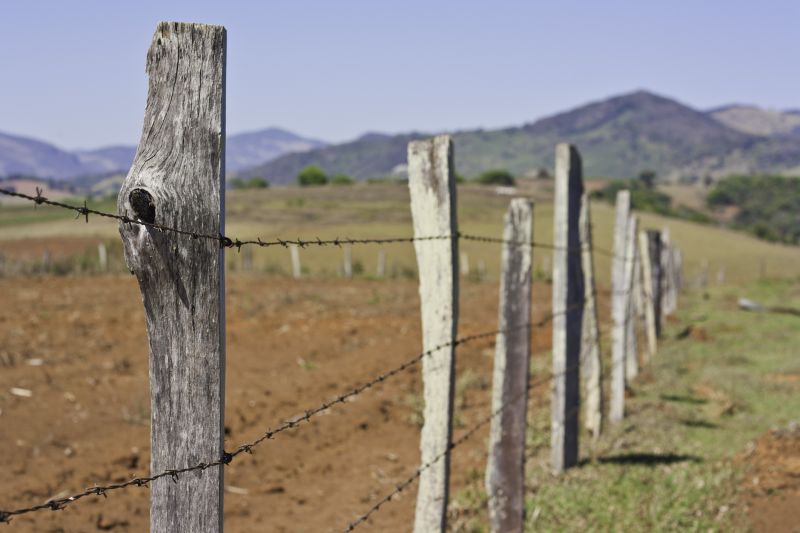
Small tweaks to make Cattle Fencing Installations safer and easier to use.

Lower-waste or water-saving choices for Cattle Fencing Installations.

The short, realistic tool list for quality Cattle Fencing Installations.
| Season | Optimal Conditions |
|---|---|
| Spring | Mild temperatures, moist soil, active pasture growth |
| Summer | Moderate temperatures, dry soil, longer daylight |
| Fall | Cooler temperatures, dry soil, pre-winter setup |
| Winter | Frozen ground, snow cover, limited installation options |
Selecting the right time for cattle fencing installations can improve project outcomes and ensure long-term performance. Proper timing aligns with seasonal weather patterns to facilitate easier construction, reduce material damage, and minimize livestock disturbance.

Spring fencing with lush green surroundings.
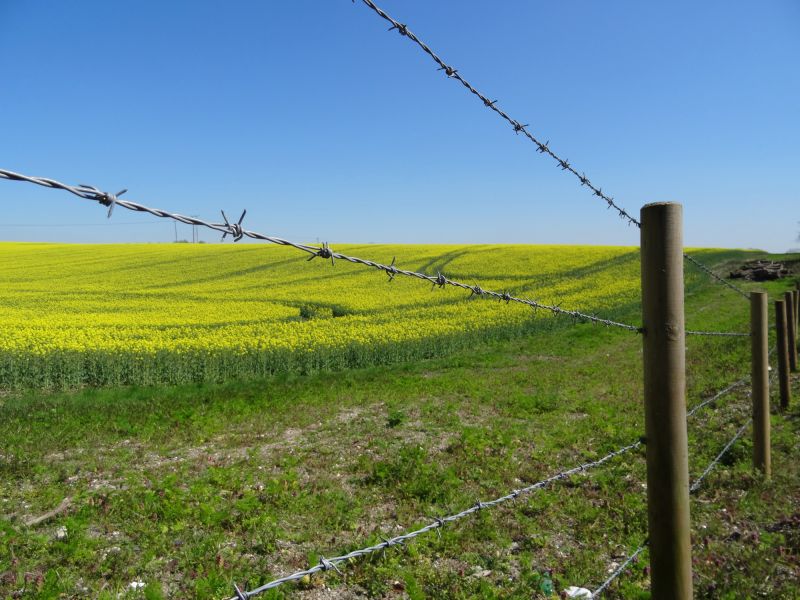
Fencing during warm weather with active cattle.

Fencing activities amid fall foliage.
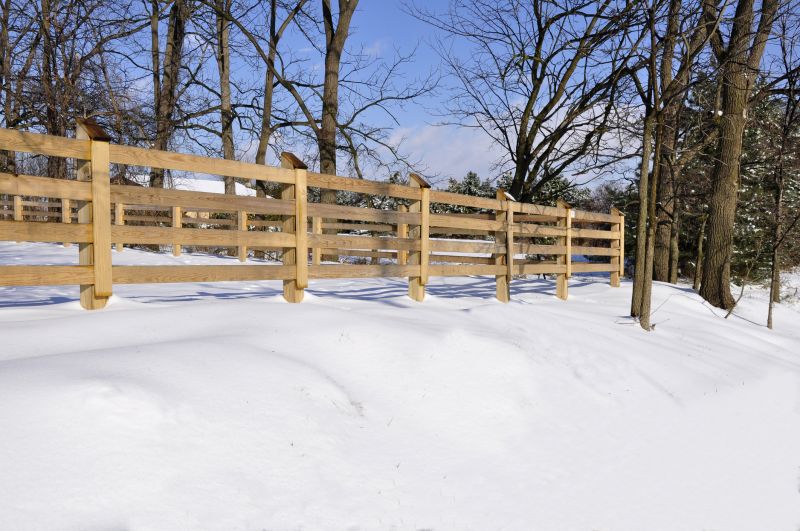
Fencing in winter conditions with snow.

Quick checks and paperwork to keep after Cattle Fencing Installations.
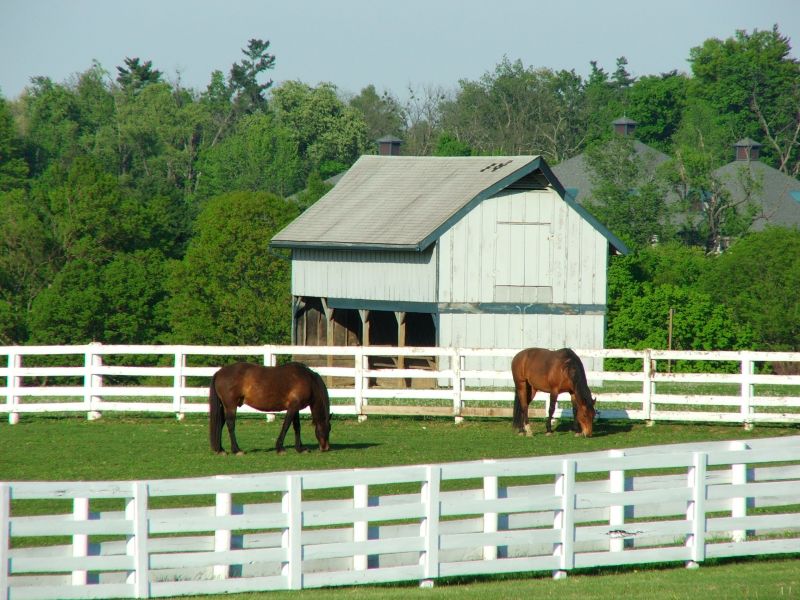
Examples that show the impact a good Cattle Fencing Installations can make.
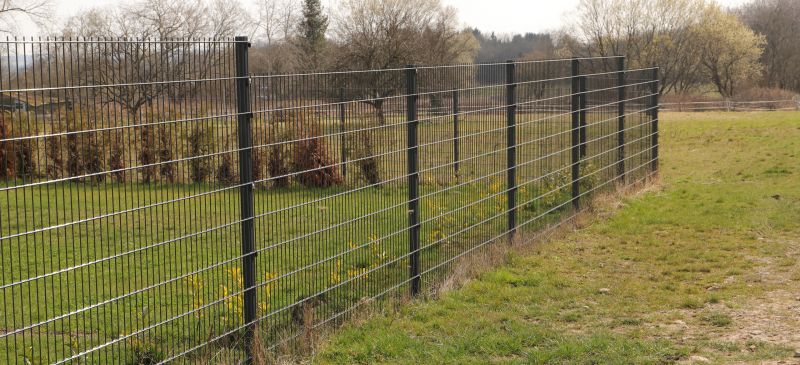
Ways to make Cattle Fencing Installations work in tight or awkward layouts.
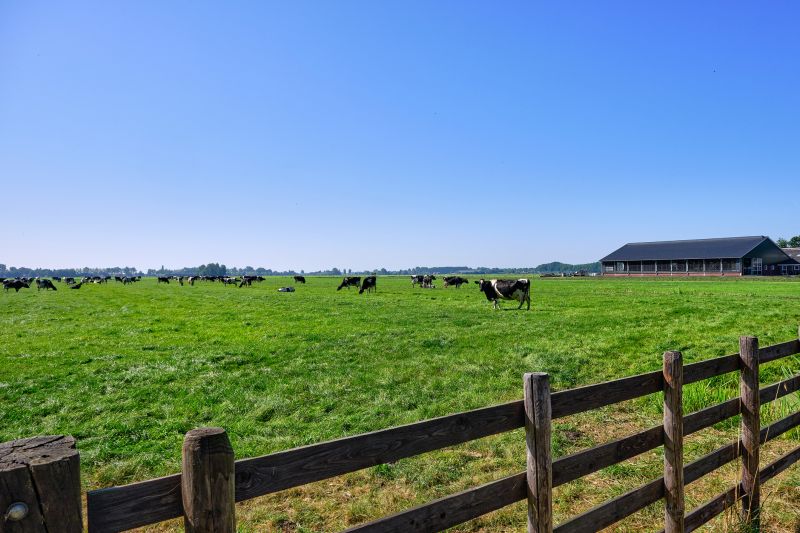
Ways to make Cattle Fencing Installations work in tight or awkward layouts.
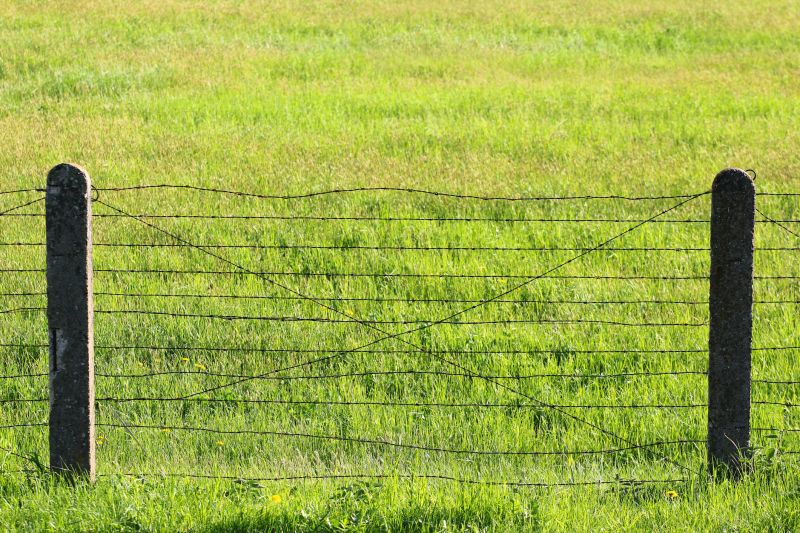
Ways to make Cattle Fencing Installations work in tight or awkward layouts.
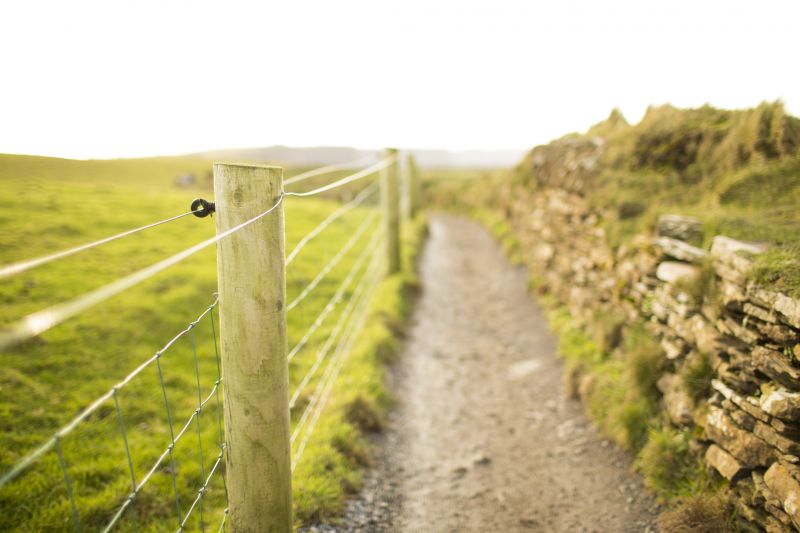
Ways to make Cattle Fencing Installations work in tight or awkward layouts.

Ways to make Cattle Fencing Installations work in tight or awkward layouts.
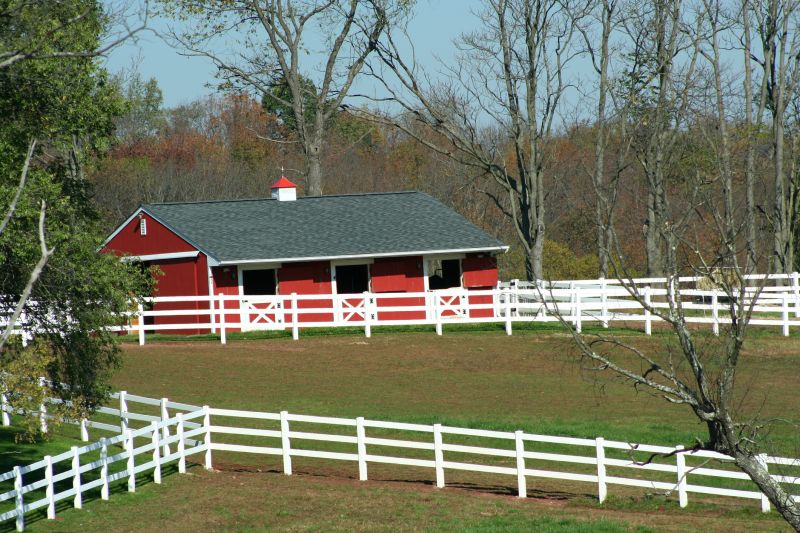
Ways to make Cattle Fencing Installations work in tight or awkward layouts.
For optimal results, it is recommended to plan fencing projects during seasons with favorable weather conditions. This approach minimizes delays, reduces material issues, and supports livestock management needs effectively.
Interested parties should consider seasonal factors when scheduling cattle fencing installations to ensure a secure, long-lasting enclosure for livestock management.
